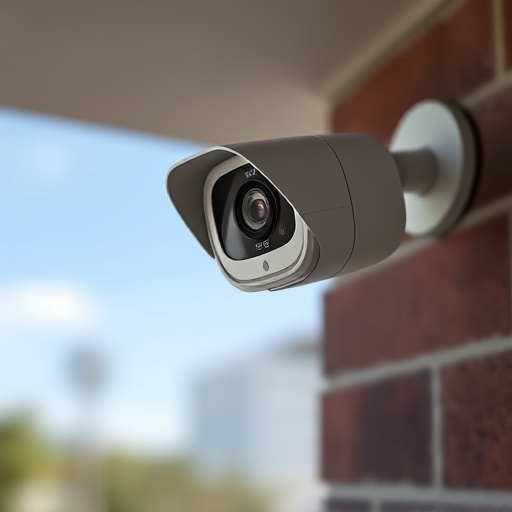Hidden cameras with integrated DVRs offer a comprehensive surveillance solution, combining high-definition imaging, motion detection, and remote access via smartphone or computer. When choosing, consider resolution, storage capacity, recording modes, and wireless connectivity. Setup is straightforward, allowing for discreet monitoring both indoors and outdoors. Legal compliance is crucial; users must respect privacy laws, capture only necessary footage, and ensure secure storage and deletion practices.
Uncover the power of discretion with a hidden camera equipped with built-in DVR technology. These versatile devices offer unparalleled surveillance, capturing high-quality footage while remaining virtually undetectable. From home security to professional monitoring, understanding their unique features and benefits is key. This guide explores how to select the ideal hidden camera DVR for your needs, provides an easy installation process, and offers critical insights into legal considerations and privacy best practices.
Understanding Hidden Cameras with Built-in DVR: Features and Benefits
Hidden cameras with built-in DVRs are versatile surveillance tools that offer a range of features designed to enhance security and peace of mind. These devices seamlessly integrate a high-definition camera, digital video recorder (DVR), and often additional functionalities like motion detection, night vision, and cloud storage in a compact, unobtrusive package. This means they can be discreetly placed almost anywhere to monitor activities without being noticed.
One of the key benefits of a hidden camera with built-in DVR is the ability to record and review footage remotely. Users can access live feeds or previously recorded videos from their smartphones or computers, allowing them to keep an eye on their properties or businesses even when they’re away. This real-time monitoring capability, coupled with motion detection alerts, enables quick responses to potential issues or security breaches.
Choosing the Right Hidden Camera DVR for Your Needs
When selecting a hidden camera with built-in DVR, understanding your specific requirements is key. Consider factors like resolution (HD or 4K for sharper footage), memory storage capacity (to accommodate lengthy surveillance periods), and recording mode options (loop recording or continuous). Different models cater to various needs, from home security to professional surveillance.
Additionally, wireless connectivity and remote access features can greatly enhance convenience, allowing you to monitor live feeds or download recorded videos from afar. Ensure the device is weatherproof for outdoor placements and that its design blends seamlessly into the environment to maintain secrecy.
Installation and Setup: A Step-by-Step Guide
Setting up a hidden camera with built-in DVR is a straightforward process, allowing you to discreetly capture footage from virtually anywhere. Start by choosing a suitable location for your camera—whether it’s in a garden, garage, or even indoors—ensuring it has line-of-sight access to the area you wish to monitor. Next, connect the camera to its power source using the included cable, ensuring stable and reliable operation. Once powered on, access the camera’s settings via your smartphone or provided remote control. Here, you can configure recording settings, adjust resolution, and set up a schedule for automated recordings based on time or motion detection. After customization, position the camera securely, ensuring it’s hidden from view but still captures clear images. Test the system by playing back recorded footage to ensure everything is functioning as intended.
Legal Considerations and Privacy Tips for Using Hidden Camera DVRs
When utilizing a hidden camera with built-in DVR, it’s imperative to be aware of and adhere to legal considerations regarding privacy and surveillance. The legality of these devices varies by jurisdiction, so understanding local laws is crucial before deployment. In many places, there are strict rules about placing cameras in areas where individuals expect privacy, such as homes or offices, without explicit consent. Non-compliance can result in severe penalties.
Privacy tips for using hidden camera DVRs include ensuring the device captures only what it needs to and storing recordings securely. Limit access to the footage, and consider encrypting storage media to protect sensitive data. Regularly review and delete unnecessary recordings to maintain privacy and security. Additionally, inform individuals who might be captured on camera about its presence to avoid potential legal issues.
